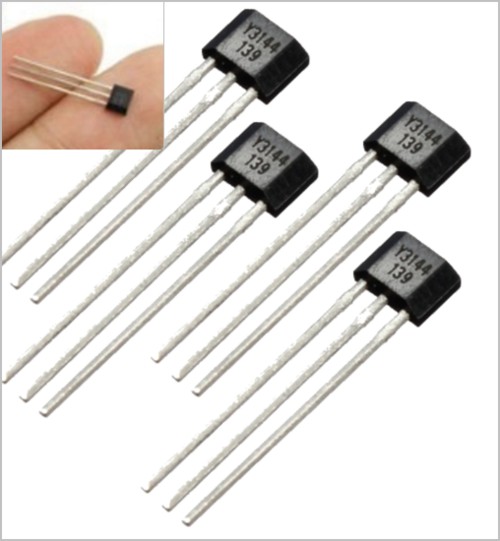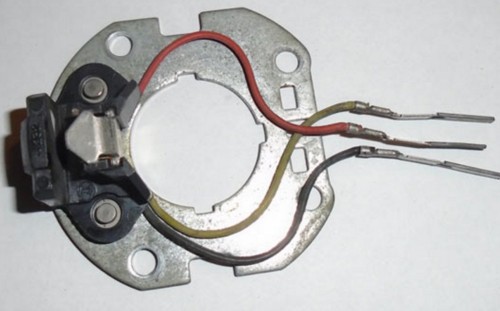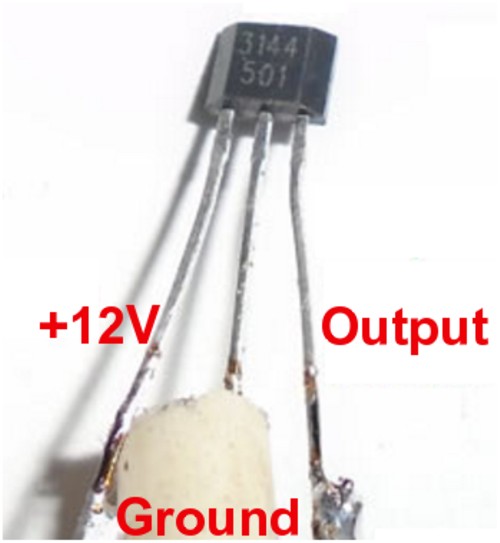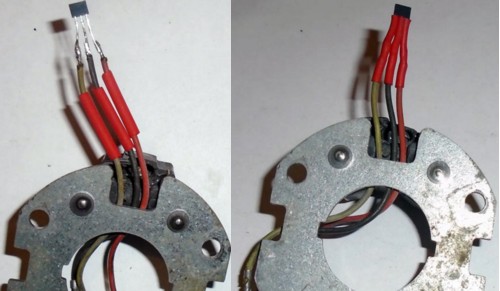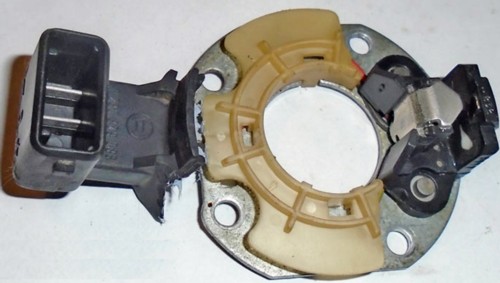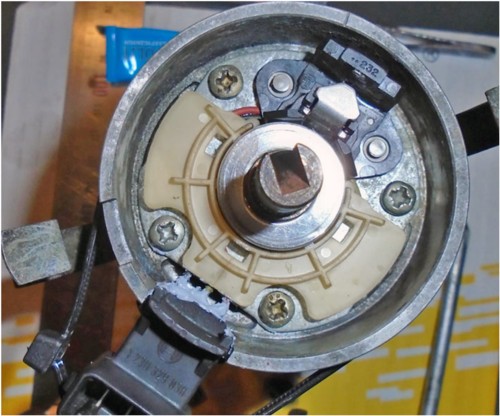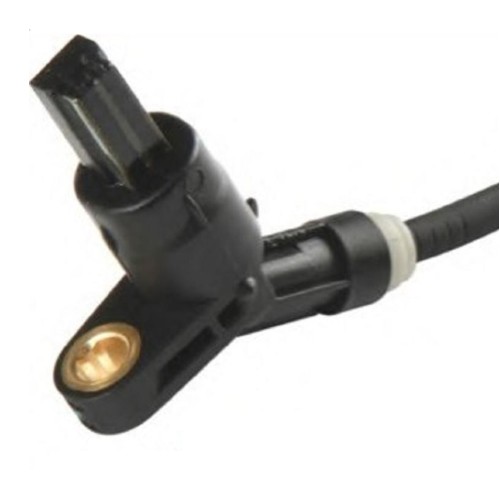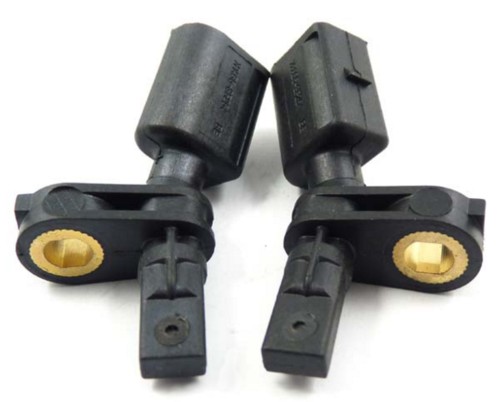Check Engine Light - aka MIL
Yesterday morning when I started my VW Polo highline she idled a bit rough but I never gave it another thought because it had been raining hard throughout the night with harsh howling winds accompanied by a lightning storm. I summized it could have been caused by the moisture in the air but when I looked at the dashboard, I saw that the orange / amber Check Engine Light was on. I tried accelerating and looked at the CEL but it stayed on. Surprisingly the engine seemed sluggish and didn't revv as per normal. Looking through the rear view mirror, I could see a distinct amount of smoke spiraling behind the car. This was worrying because the previous day, the car drove perfectly normal and when I parked her, she idled just fine.
The problem with the Check Engine light, other that being on, is that it doesn't tell you anything about the nature of the problem nor whether it's serious or not. All I knew is that something was wrong with my emission control system because of the excessive smoke. The Check Engine light is actually better known as the Malfunction Indicator Lamp (MIL) so in essence there was a malfunction detected by the ECU and there was no way to tell what it could be without plugging in my scan tool. So off I went and fetched my laptop and my VCDS cable, plugged it into the under dash DLC connector and ran a scan and found 4 Faults - P1137, P1103, P1187, and a P0441.
P1137 - 002 - System too Rich - MIL ON
Considering the first error code describes the fuel system as to rich, by implication then there is too little air for proper combustion. So I popped the bonnet to check the MAF, and saw a whole load of leaves and pine nettles strewn all over the engine compartment and a hand full of them stuck to the inlet of the air filter, blocking the air flow. I then open the air filter, removed the leaves and nettles and all those that got sucked into the air filter housing when I initially started the car.
17595 - Linear O2 Sensor; Compensation Resistor: Open Circuit
P1187 -- 35-10 - - - Intermittent
The second error directed me to the O2 sensor because the ECU describes it as "Open Circuit". Stooping over the engine, my eye followed the exhaust pipe, from the manifold branch past the firewall and saw a pine tree branch under the car, so I kneeled down to pulled it out but is was stuck. The tree branch was right below the Catalytic converter. I then went inside to fetch a garden pruning scissors so that I could cut off the protruding twigs and free the branch. Just as I was cutting I saw a wire hanging from down from the Cat. It was the wire from the O2 sensor that broke off and I supposed this happened with the force of the wind blowing the branch under my Polo.
The road and my driveway was littered with pine comes and nettles that the wind blew from the park more than a 100 meters away. Anyway, I striped of the O2 sensor wires which was screened and reconnected them with an electrical block connector. You know the ones were you have to push the wires into a brass ferrule from either end and screw it down with the two screws. That just worked perfectly.
17511 - Oxygen (Lambda) Sensor Heating; B1 S1: Performance too Low
P1103 - 35-10 - - - Intermittent
The third error also directed me to the O2 sensor that wasn't heating up. I suppose it's linked to the disconnected wire and I assume the ECU prevented this because it realized the O2 sensor was OC.
16825 - EVAP Emission Control Sys: Incorrect Flow
P0441 - 35-10 - - - Intermittent
The fourth error I couldn't make sense of though I've seen this error when the fuel tank cap wasn't properly closed. So I went to the the tank, took off the cap and inspected the rubber seal. But it all seemed fine, so I closed it. I them cleared the diagnostic trouble codes (DTC) stored in the engine control module and started and re-scanned the ECU for errors and it came back with "No fault code found ". I then started my Polo and all was well. She revved as before and the Check Engine light was off.
The Check Engine light has always been a major annoyance to both motorists and mechanics, and as a consequence is often ignored. I even know of someone who stuck a piece of black insulation tape over the orange / amber Check Engine light to blot it out, rather than fix the problem. Be that as it may, ignoring the Check Engine light could lead to expensive car trouble later, so it's important to promptly address problems indicated by it.
DIY mechanics should buy and inexpensive scan tool / DTC code reader since they are all standardized to plug into the 16 pin DLC under the dashboard. It would empower them to discuss the problem with their mechanic if they can't manage to solve it themselves. When Check Engine light comes on, it is more likely than not that your car car is releasing unburnt gasoline (hydrocarbons) and carbon monoxide into the atmosphere and consume a lot more fuel than it actually should.
The OBDII system was primarily designed to monitor the emission control system continuously so it can be said hat if you car passes "readiness" its a good indication that your car engine is in good health.
A loose gas cap can trigger the Check Engine light.
A fault O2 sensor can trigger the Check Engine light.
A Mass air flow sensor problem can trigger the Check Engine light.
Perished Spark plug wires can trigger the Check Engine light.
A blown Catalytic converter can trigger the Check Engine light.
Low oil pressure or overheating can trigger the Check Engine light.
Sporadic engine misfiring can trigger the Check Engine light.
Yesterday morning when I started my VW Polo highline she idled a bit rough but I never gave it another thought because it had been raining hard throughout the night with harsh howling winds accompanied by a lightning storm. I summized it could have been caused by the moisture in the air but when I looked at the dashboard, I saw that the orange / amber Check Engine Light was on. I tried accelerating and looked at the CEL but it stayed on. Surprisingly the engine seemed sluggish and didn't revv as per normal. Looking through the rear view mirror, I could see a distinct amount of smoke spiraling behind the car. This was worrying because the previous day, the car drove perfectly normal and when I parked her, she idled just fine.
The problem with the Check Engine light, other that being on, is that it doesn't tell you anything about the nature of the problem nor whether it's serious or not. All I knew is that something was wrong with my emission control system because of the excessive smoke. The Check Engine light is actually better known as the Malfunction Indicator Lamp (MIL) so in essence there was a malfunction detected by the ECU and there was no way to tell what it could be without plugging in my scan tool. So off I went and fetched my laptop and my VCDS cable, plugged it into the under dash DLC connector and ran a scan and found 4 Faults - P1137, P1103, P1187, and a P0441.
CODE ERRORS
17545 - Fuel Trim: Bank 1 (Add)P1137 - 002 - System too Rich - MIL ON
Considering the first error code describes the fuel system as to rich, by implication then there is too little air for proper combustion. So I popped the bonnet to check the MAF, and saw a whole load of leaves and pine nettles strewn all over the engine compartment and a hand full of them stuck to the inlet of the air filter, blocking the air flow. I then open the air filter, removed the leaves and nettles and all those that got sucked into the air filter housing when I initially started the car.
17595 - Linear O2 Sensor; Compensation Resistor: Open Circuit
P1187 -- 35-10 - - - Intermittent
The road and my driveway was littered with pine comes and nettles that the wind blew from the park more than a 100 meters away. Anyway, I striped of the O2 sensor wires which was screened and reconnected them with an electrical block connector. You know the ones were you have to push the wires into a brass ferrule from either end and screw it down with the two screws. That just worked perfectly.
17511 - Oxygen (Lambda) Sensor Heating; B1 S1: Performance too Low
P1103 - 35-10 - - - Intermittent
The third error also directed me to the O2 sensor that wasn't heating up. I suppose it's linked to the disconnected wire and I assume the ECU prevented this because it realized the O2 sensor was OC.
16825 - EVAP Emission Control Sys: Incorrect Flow
P0441 - 35-10 - - - Intermittent
The fourth error I couldn't make sense of though I've seen this error when the fuel tank cap wasn't properly closed. So I went to the the tank, took off the cap and inspected the rubber seal. But it all seemed fine, so I closed it. I them cleared the diagnostic trouble codes (DTC) stored in the engine control module and started and re-scanned the ECU for errors and it came back with "No fault code found ". I then started my Polo and all was well. She revved as before and the Check Engine light was off.
The Check Engine light has always been a major annoyance to both motorists and mechanics, and as a consequence is often ignored. I even know of someone who stuck a piece of black insulation tape over the orange / amber Check Engine light to blot it out, rather than fix the problem. Be that as it may, ignoring the Check Engine light could lead to expensive car trouble later, so it's important to promptly address problems indicated by it.
DIY mechanics should buy and inexpensive scan tool / DTC code reader since they are all standardized to plug into the 16 pin DLC under the dashboard. It would empower them to discuss the problem with their mechanic if they can't manage to solve it themselves. When Check Engine light comes on, it is more likely than not that your car car is releasing unburnt gasoline (hydrocarbons) and carbon monoxide into the atmosphere and consume a lot more fuel than it actually should.
The OBDII system was primarily designed to monitor the emission control system continuously so it can be said hat if you car passes "readiness" its a good indication that your car engine is in good health.
Some problems that can illuminate the Check engine Light.
A clogged air filter can trigger the Check Engine light.A loose gas cap can trigger the Check Engine light.
A fault O2 sensor can trigger the Check Engine light.
A Mass air flow sensor problem can trigger the Check Engine light.
Perished Spark plug wires can trigger the Check Engine light.
A blown Catalytic converter can trigger the Check Engine light.
Low oil pressure or overheating can trigger the Check Engine light.
Sporadic engine misfiring can trigger the Check Engine light.
